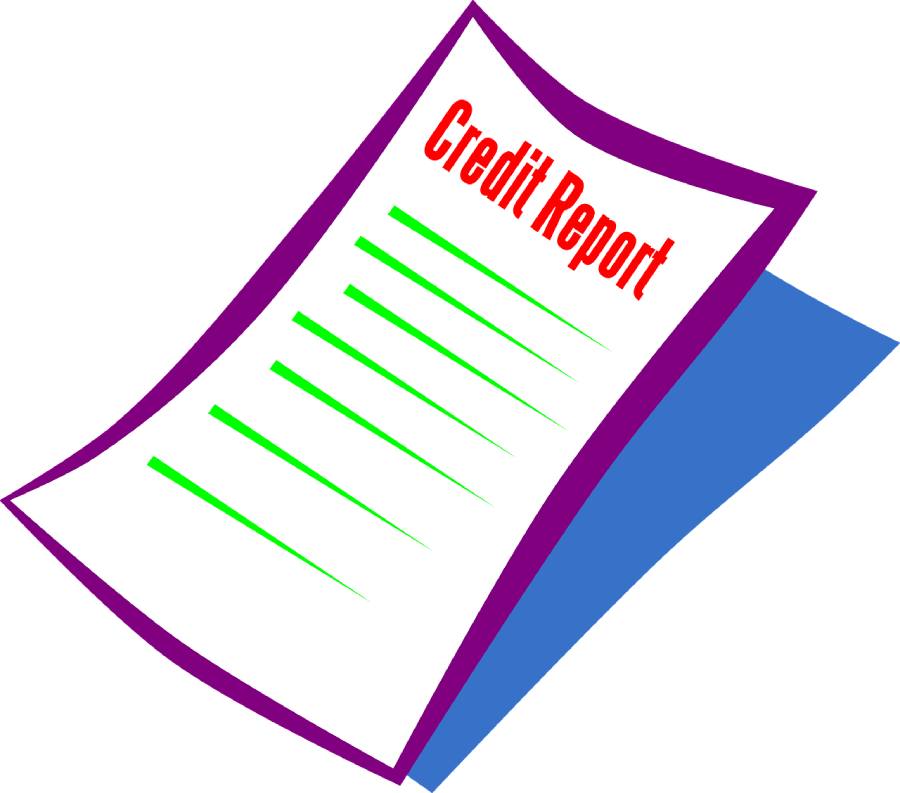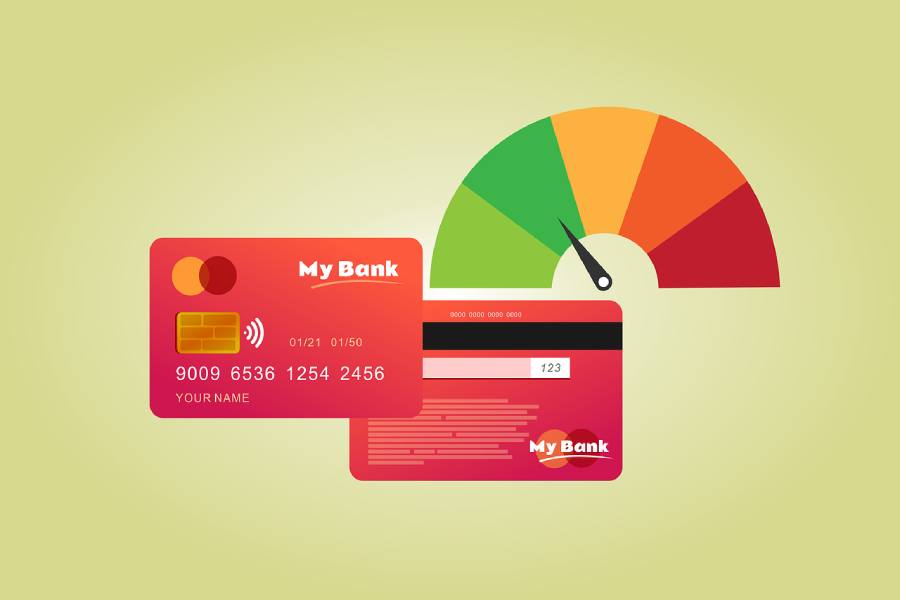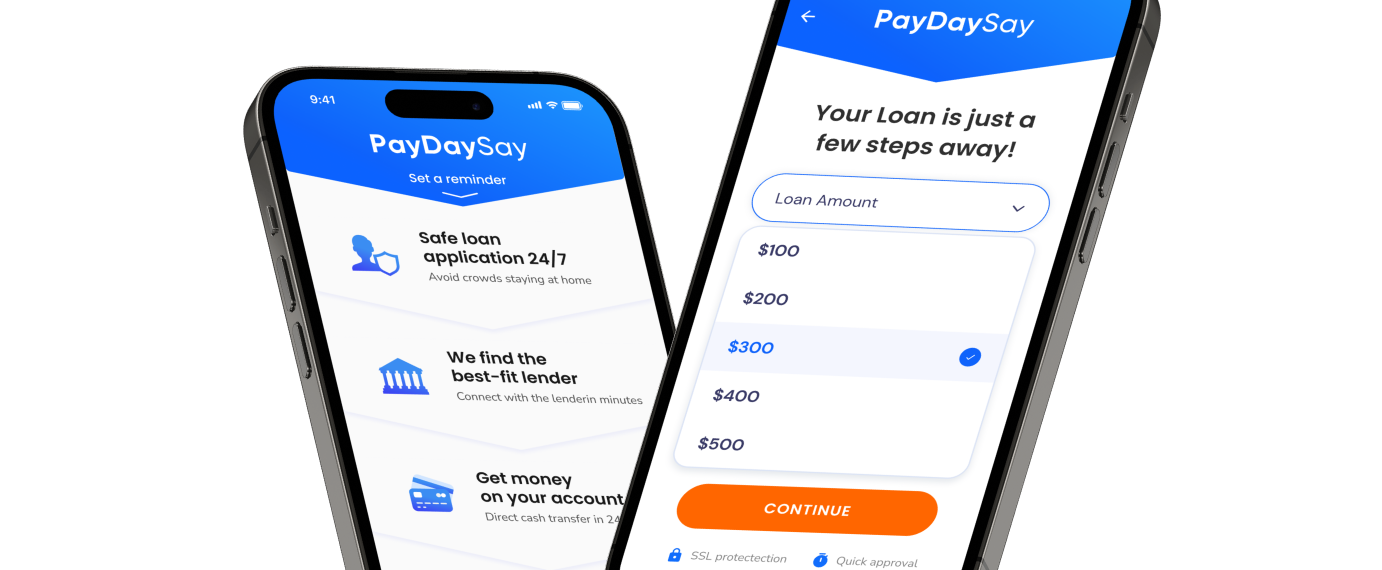FICO is one of the two most popular scoring models in the United States, used by 90% of lenders. There are wide varieties of FICO scores; the newest version is 10, and the most used currently is still FICO 8. In between is the FICO 9 model, which is the focus of this article. It was introduced in 2014 for lenders and in 2016 for borrowers.
Before answering all the questions about FICO 9, we should clarify that many lenders still use earlier versions of this credit scoring model because updating is not mandatory. Often lenders only switch to a new version after several years, changing, for example, from FICO 5 to FICO 8.
What is FICO 9?
FICO 9 is a 2014 update that lenders use to determine if you are a sound borrower. It differs slightly from the previous version, with the main changes affecting collections and their impact on the bottom line and monthly rent payments.
These changes resulted from research done by FICO to determine whether the factors listed above affect the reliability and solvency of borrowers. For example, they determined that medical conditions were not an indicator of credit risk and reduced their negative impact on the credit score compared to all other factors.
How the FICO Score 9 Is Different

There are only three significant differences between this version and FICO 8. They are all the result of company research and were introduced to make this credit scoring model more accurate and predictable. They include:
- Medical collections. Research shows that one in 5 Americans with a credit score has medical debt. That’s why FICO 9 has a lower impact on the bottom line than regular credit or credit card debt.
- Paid collections. Previously, such marks remained on your credit report for seven years and hurt your final rating. In FICO 9, they are disregarded.
- Rent payments. Often people who don’t have credit needs start late in building their credit history, which negatively affects their credit score because a more extended history provides more points. This is no longer a problem now that FICO 9 reported rent payments are part of the payment history and are factored into the final score.
Let’s go into more detail about each of these points.
Medical Collections
In FICO 9.0, open medical collections have the most negligible impact compared to other types of debt. It usually works along these lines:
- You have a loan that you can’t pay back.
- After a few months or six months, the creditor gives your debt to the debt collectors, and a note appears on your credit report that takes more than 100 points off your score.
- This mark remains on your report for another seven years and negatively affects your chances of getting a new loan.
The situation with medical debts was the same when lenders used models up to and including FICO 8. However, such debts are not always the borrower’s responsibility, as often the insurance company that fails to pay all the payments on time is to blame.
Because of the prevalence of this situation, many Americans got lower credit scores and could do nothing about it. In FICO 9, unfortunately, such debts still carry weight, but much less than in FICO 8.
Paid Collection Accounts
As we described above, over time, creditors give debt collectors debts that you don’t pay on time. Marking them takes about 100 points off your score and stays on your credit report for seven years, negatively affecting your ability to get a new loan.
However, now with FICO score version 9, you can correct this situation and eliminate the negative mark on your credit report. In addition, if you pay the collection in full, “paid In full” appears on the collection account, after which its impact on your credit score becomes zero.
This is an excellent chance for anyone who wants to restore their credit history. However, if you, too, want to take advantage of this opportunity to get your score back to the mark you had before your debts, you can contact a credit repair agency or the debt collectors directly.
The main thing to remember is that you must have a written agreement with the debt collector and proof that you have paid your debts in full to present them to the credit bureau.

Rental History
As you know, not only do lenders look at your FICO credit scores but so do landlords. Also, in earlier versions of this scoring model, rental history was only mentioned if it was negative.
Now the ability to report rental payments is a real lifesaver for people who don’t want to take out loans or credit-builder loans to build a credit history. Now rental payments will help people improve their scores because it affects two critical indicators for FICO credit scores:
- Length of credit history. You will now be able to start your credit history with credit payments, which is 15% of your final rating.
- Payment history. This score accounts for 35% of your credit, so you must always pay your rent on time.
It is important to note that landlords are not required to report your payments to the credit bureaus, so if you want those payments to affect your credit history, you need to ask them to do so. Payments will only be put on your credit report if the landlord reports them to at least one of the credit bureaus.
When Lenders Will Use FICO 9
Even though the company introduced FICO 9 in 2014, many lenders still use the previous version, FICO 8. Why is that?
The whole problem is testing and transitioning to the new model. Every large lender has thousands of clients, old and new, receiving hundreds of loan applications daily. As the financial institutions themselves state, testing this model can take years.
At this point, 8 of the ten most popular lenders in the U.S. have evaluated FICO 9, are assessing it, or plan to do so. However, only hundreds of lenders are using it yet, although that’s a lot, and if it’s essential to work with a lender with FICO 9, you can find that option on the market.

Where to Get FICO Score 9
Americans got access to this model back in 2016, but not everyone can get it for free. There are several options and ways to find out your FICO 9; here are the easiest ones:
- To get free access to this model, contact your credit card issuer. If it uses FICO 9, it can give you information about it.
- Contact your lender or credit counselor. Also, if they use this model, they can share access to it with you through FICO’s Open Access program.
- If none of the options above work, you can buy your score directly from FICO, the company that develops it.
However, remember that knowing FICO 9 scores does not guarantee that the lenders you apply to will look at it. The choice of the scoring model is always a lender’s decision, which is why, for example, many mortgage lenders still use old models such as FICO 2, FICO 4, or FICO 5.
How to Get a Good FICO Score
It’s important to understand that the key metrics FICO uses to calculate credit scores remain the same: payment history, credit utilization rate, credit history length, credit mix, and new inquiries. Knowing these, you can improve your score by using the following tips, for example:
- Make every payment on a loan, rent, or bill. Your score is 35% of your payment history, and even one negative note about a missed payment can take 110 points off your score.
What’s more, if you continue to default on your loan, the lender will turn it over to debt collectors, which will take away about 100 more points from you. Only take out a loan if you can pay it back on time because even one debt can destroy your credit history. - Use no more than 30% of your available credit limit. Since the credit utilization ratio is the second most crucial factor in calculating your credit score, you should try to keep it low. To do this, you can pay off loans faster than the plan calls for, such as making a 2-3 month payment every month.
Another option is to open a new credit card with an available limit but not use those credit funds. - Check your credit reports at least once a year. Sometimes creditors and credit bureaus make mistakes and add untrue information to your report that negatively affects your credit score. If you find them, you can dispute them with the credit bureau and have them removed.
In addition, checking your reports will allow you to see signs of fraudulent activity, which can also lead to a drop in your credit rating. - Count your purchases so that you do not apply for credit more often than every 6 to 12 months. New inquiries make up a large part of your score, and each hard credit check from banks can temporarily take 5 to 15 points off your score.
Once lenders see that you have a lot of new inquiries on your credit report, they think you are in dire financial straits and may refuse to lend you money.
Remember that the higher your credit score, the more favorable lenders’ terms will be for you. Even a 20-50 point difference can lower your interest rate by 2-10%, saving you hundreds of dollars in one year.













 on your homescreen
on your homescreen
